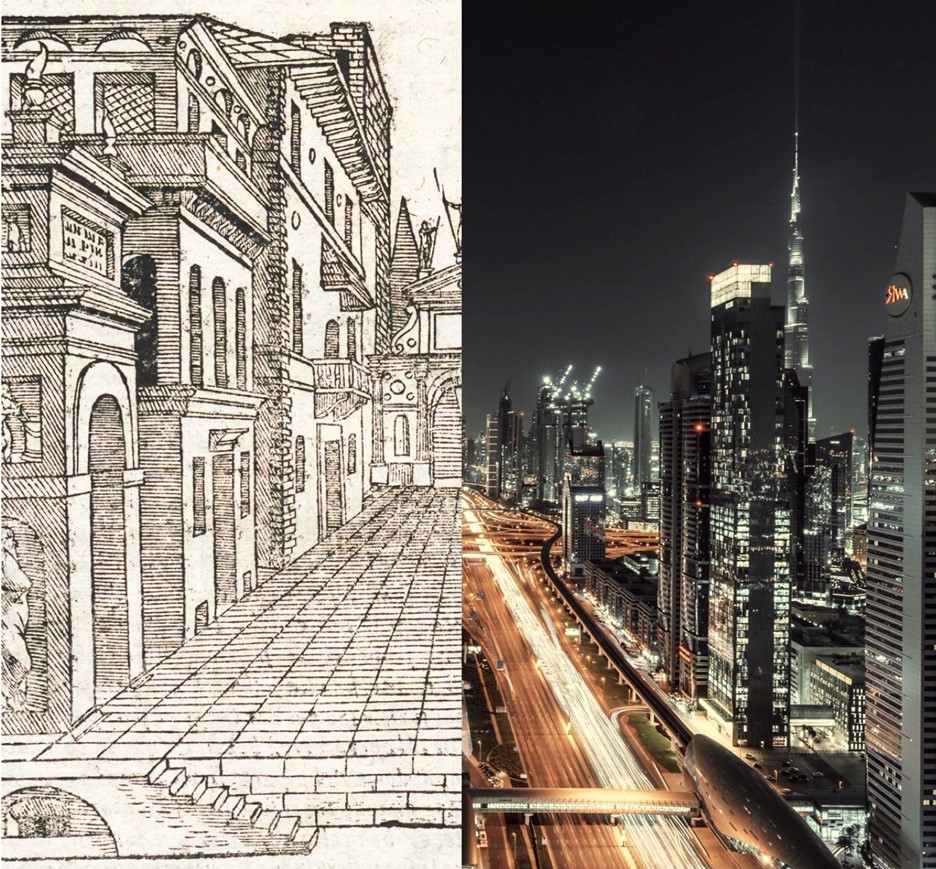HAU33010 and HAU33012 Architecture and the City

This course is about ‘urbanism’, the study of cities. But what exactly is a city? How did it occur and evolve? Architectural history concerns more than individual buildings, their style, material, form, and construction. The broader context within which a building sits; the spatial conversation between buildings within public space; the design of streets, transport, and services; the cultural, economic, political, and biological processes of people that inhabit and negotiate these spaces, have all played a vital part in the discourse of architectural history. This course explores architecture’s intersection with the idea of the ‘city’ in its various guises, from its earliest history in the Near East to our present-day globalism. Students will examine the city as form, system, infrastructure, theatre, allegory, ecology, utopia, a cradle of society, an engine of capital, political surface, producer of national identity, colonial instrument, sustainer of inequality, and technological wonder.
- Module Organiser:
- Dr Christopher Cowell
- Duration:
- Semester 2
- Contact Hours:
- HAU33010: 2 lectures per week, 1 seminar per fortnight
HAU33012: 1 lecture per week, 1 seminar per fortnight
- HAU33010: 2 lectures per week, 1 seminar per fortnight
- Weighting:
- HAU33010: 10 ECTS
HAU33012: 5 ECTS
- HAU33010: 10 ECTS
- Assessment:
- HAU33010: Essay, project and visual analysis exercise
HAU30012: Essay and visual analysis
- HAU33010: Essay, project and visual analysis exercise
- Course open to:
[M=mandatory; O= optional]- Single Honors (O), Joint Honors (O), Art History as a minor (O), visiting (O);
Learning Outcomes:
Upon the successful completion of this module students should be able to:
- Reflect upon the relationship between buildings and cities at differing scales.
- Identify and trace various ways that cities have been conceived and described, historically and theoretically.
- Engage critically with architectural and urban sources, both primary and secondary, and with theoretical and historical texts relevant to the course.
- Analyse and critique urban design through masterplans, drawn sections, models, and photographs.
- Demonstrate original, self-directed historical and theoretical research and writing on urbanism and architecture.

